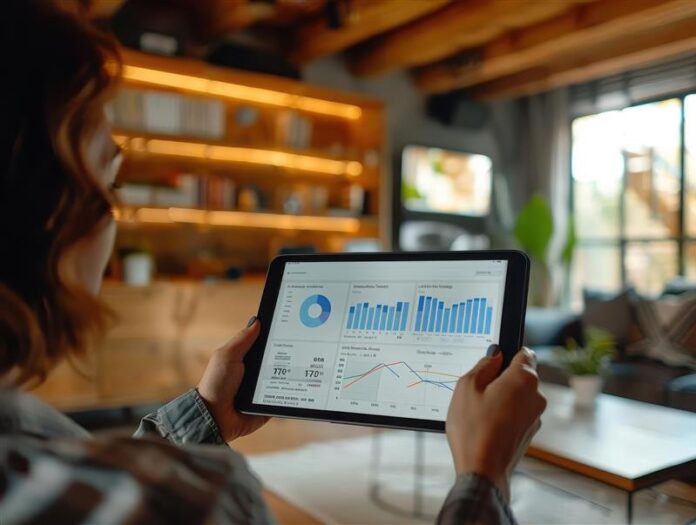Beyond clicks and impressions, A/B testing reveals what truly drives your customers to act — giving you the insight to shape smarter campaigns and long-term growth
Do you really need to discount to sell? Many businesses think so, using lower prices to generate sales and traffic. But with the right marketing approach, you can drive the same results — without undercutting your margins.
One of my clients, a utility trailer sales and service business, noticed something unusual this year: his garage was slower than normal. Instead of guessing why, we turned to his ad data. Both his Facebook and SEM campaigns told the same story — “Canadian Made” trailers were generating far more engagement than service.
That was the signal. Rather than pushing harder on service, we leaned into what the audience was telling us they wanted: Canadian-Made. Six months from now, the story might shift again — but right now, his best opportunity is clear.
Perspective One: The Media Rep
As reps, it’s easy to fall into the trap of trying to make every “putt” for our clients. But our real job is to play the long game. Digital ad data, paired with consumer response from traditional media, tells a much bigger story. Encouraging clients to test, compare, and analyze results builds trust — and helps them make smarter business decisions.
A/B testing is one of the most powerful tools in our toolkit. Running two or more ad sets at once (depending on budget) lets us surface what resonates. The winning variant earns more focus, while lower performers are paused. And it doesn’t always have to be different products — sometimes a subtle change in ad copy, imagery, or tone can reveal more about what your audience values. It’s a simple yet impactful way to refine strategy mid-flight.
And it’s not just digital. Traditional media benefits from testing too. Running different creative on radio, in print, or across billboards can reveal what message or offer resonates most. The measurement methods may differ — recall surveys, redemption codes, unique URLs, or call tracking — but the principle is the same: test, learn, and adjust.
Studies show that effective A/B testing can improve marketing ROI by up to 30% and conversion rates by as much as 25%.
Perspective Two: The Advertiser
As a business owner, it’s tempting to blame the media channel or rep when a campaign underperforms. But often, it’s not about media quality — it’s about message relevance. If your audience isn’t responding, they may simply not be interested in what you’re offering right now.
Campaign performance is feedback, not failure. User clicks, searches, and engagement reveal what your customers actually care about. These insights can shape everything — from marketing messages to product inventory and even future business planning.
Listening to your customers — through their actions, not just their words — trumps tradition. Maybe you’ve always run a fall clearance sale, but your audience is showing more interest in “new arrivals” or locally made products. Data tells you where attention is shifting, giving you a roadmap to follow instead of relying on “what’s always worked.”
The strongest advertisers use campaign results not just to measure effectiveness, but to learn and adapt. It’s less about proving the ad worked, and more about uncovering what your customers are telling you in real time.
The Consumer Path Isn’t Linear
Today’s consumer journey is long and layered. It often begins with Google research using varied keywords, moves through visiting brand websites, reading multiple product reviews, comparing services, and looping back again. It’s rarely a one-click purchase.
Just because you didn’t sell out of widgets this month doesn’t mean those sales aren’t coming. They may just need more touch points or a different angle.
Advertising data helps you map that journey. It shows where your prospects are pausing, clicking, or dropping off. This gives businesses the power to align offers with actual demand — not just seasonal assumptions.
Closing Thought
At the end of the day, the data from your campaigns is more than just numbers — it’s insight into what your customers truly want. As reps, our role isn’t to chase quick wins, but to help clients see the bigger picture and adjust strategy along the way. As advertisers, leaning into those insights can shape not just your campaigns, but the way you plan your business.
If you’re working with a Vista Radio rep — or have a Vista Radio station in your market — reach out to them. They’ll be able to help you uncover these insights. If not, you can connect with me and we can start the conversation.

